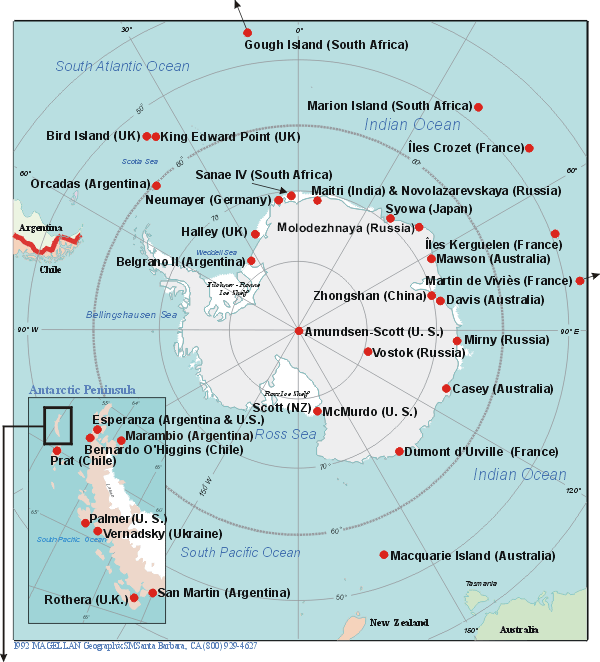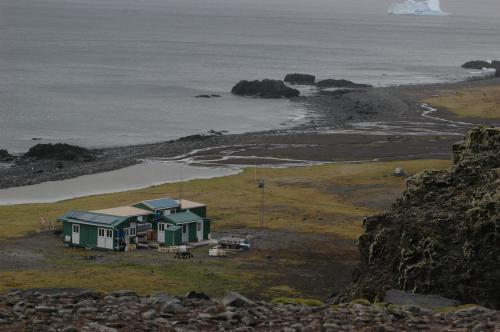
Imagine waking up, stepping outside, and being surrounded by nothing but snow, ice – and lots of penguins. Such an opportunity is enough for even the most dedicated grad student to put a thesis on hold and hop a flight to Antarctica. For the next five months, Kristen Green of the Ichthyology Lab is switching gears from studying fish to their feathered counterparts: the penguins. What will this glamorous field work at the ends of the Earth entail?
Kristen writes:

“It’s hard to write an email describing what you are going to be doing for the next five months, but I leave Saturday, October 11th to conduct research on penguins on a small field station in the Antarctic. I will be working with four other scientists on King George Island [at the tip of the Antarctic peninsula], at a field station known as “Copacabana.” Not the tropical resort you might have had in mind…instead, the temperatures might reach a balmy 5 degrees C (40 degrees F) in the height of summer. Minimum temperatures can reach -5 degrees C (22 degrees F). We will be there from mid-October to mid-March. This photo of the station is taken during the Antarctic summer, and as you can see, much of the snow has melted. But when we arrive, the island will still be covered in snow and ice.

Penguin research began at King George Island in 1976. It’s pretty amazing to be part of a research group that has been studying the ecology and demography (population characteristics) of the region’s penguin and flying bird populations for over 30 years. Briefly, the main two scientific objectives of the study are to: 1) quantify the reproductive success and survival of penguin populations in the area, and 2) to investigate these population dynamics in response to prey-predator relationships and environmental variability. Some of this involves simply stepping out the door to get to work, while other penguin colonies are as far as 12 miles away.
Our closest neighbor is the Polish Research Station, Arctowski, which we visit every week, for showers (yeah!), laundry, & socializing. Copa also receives visitors from other research ships passing through the bay, as well as cruise ships carrying tourists. We also coordinate with these ships to get re-supplied with food and other necessities.”
Wish Kristen luck and stay tuned for more of her chilly escapades!

